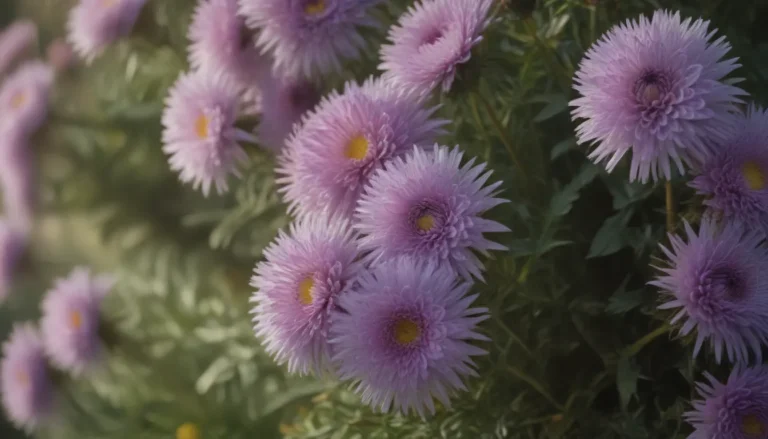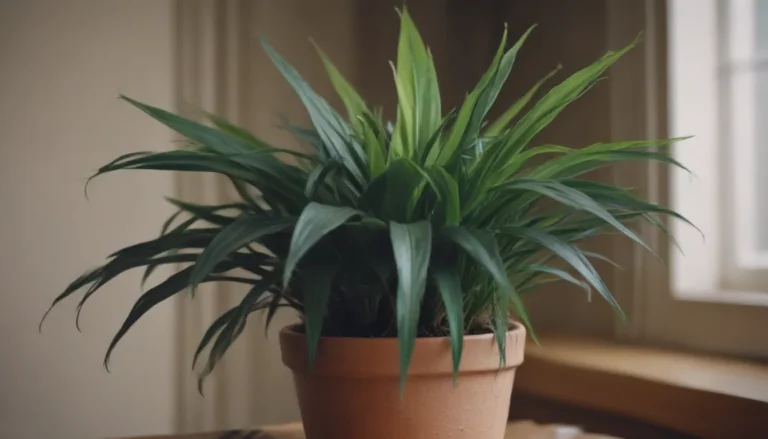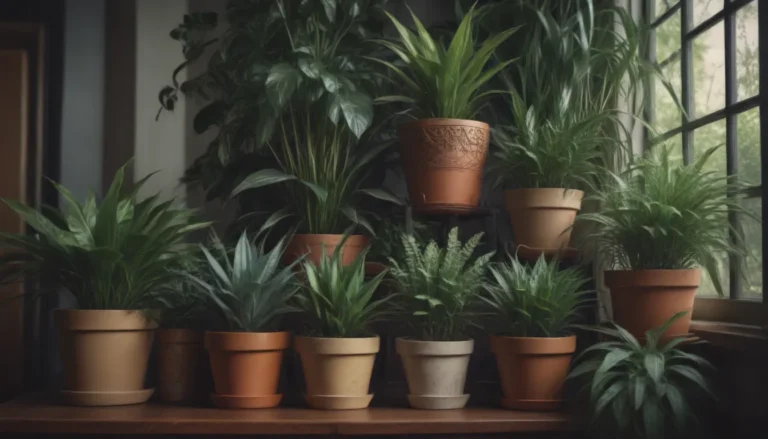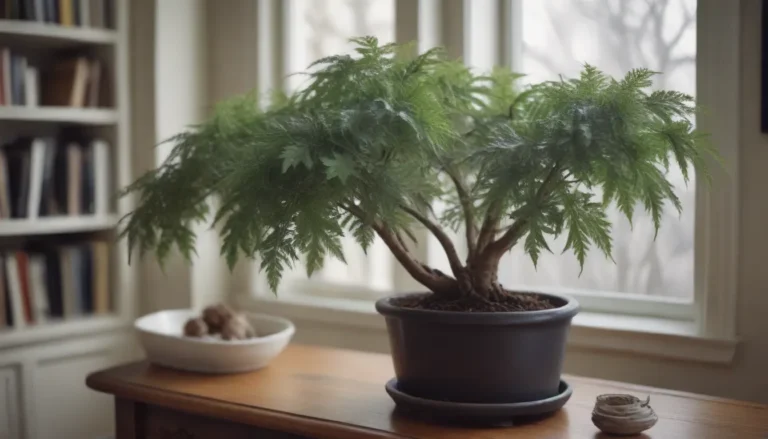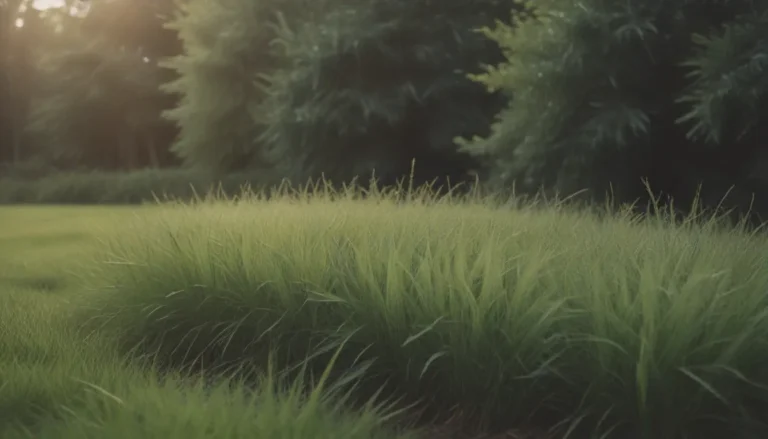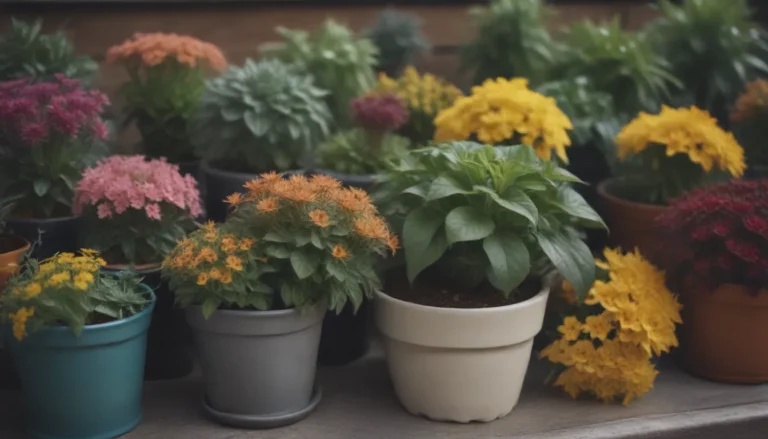The Ultimate Guide to Growing and Caring for Lavatera Plants
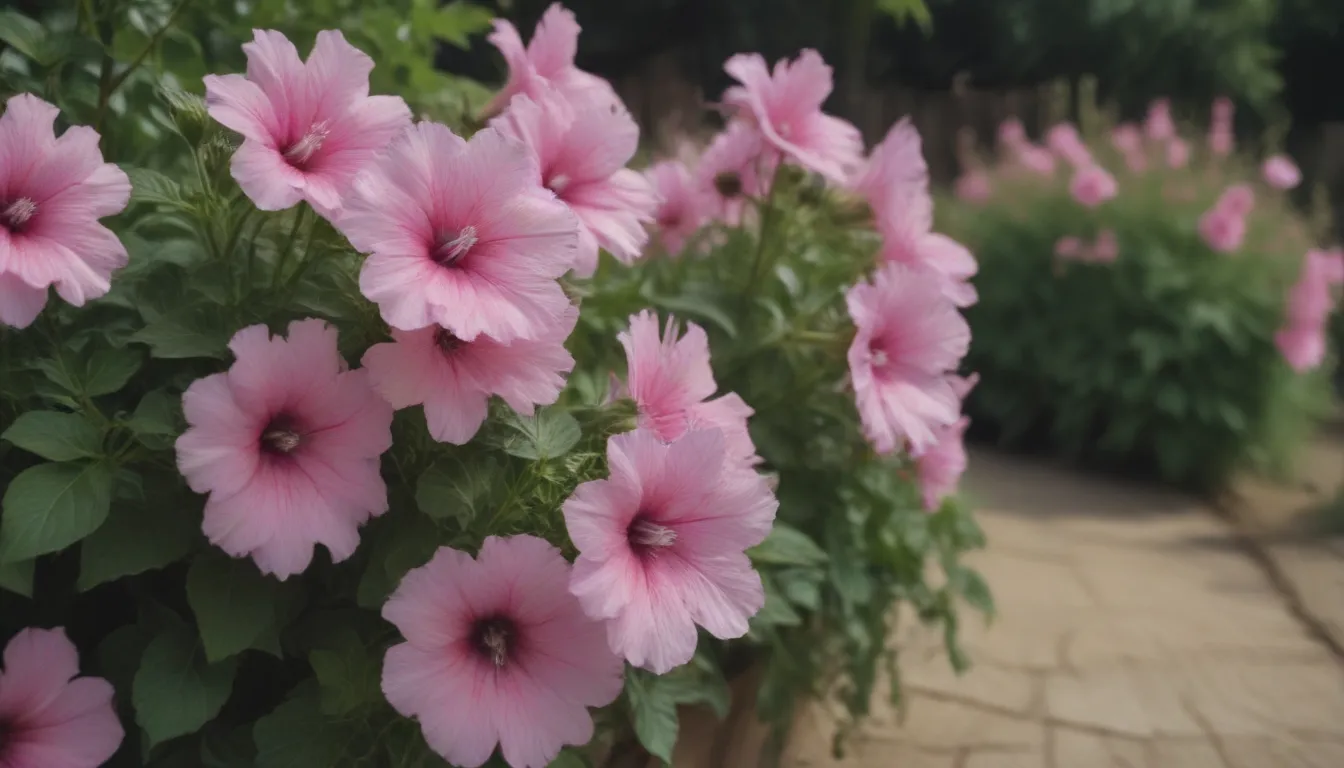
Are you looking to add a touch of vibrant beauty to your garden? Lavatera plants might just be the perfect addition! Lavatera is a genus in the mallow plant family that boasts 25 recognized plant species, including both perennials and annuals. With their large, showy, funnel-shaped flowers, similar to hibiscus, lavatera plants can add a burst of color and elegance to any garden landscape.
In this comprehensive guide, we will explore everything you need to know about growing and caring for lavatera plants. From planting and maintenance to pruning and propagation, we’ve got you covered. So grab your gardening gloves and let’s dive in!
Lavatera: An Overview
Before we get into the nitty-gritty details of lavatera care, let’s take a moment to understand the basics of these beautiful plants. Here are a few key points to keep in mind:
- Lavatera plants are cousins to the hollyhock and are relatively easy to grow, especially in areas with moderate temperatures.
- These fast-growing plants come in a variety of sizes, from compact species reaching only two to three feet to towering shrub-like varieties that can grow up to ten feet tall.
- The best time to plant lavatera is in the spring, giving them ample time to establish strong roots before the heat of summer sets in.
Lavatera Care: The Essentials
When it comes to caring for your lavatera plants, a little maintenance goes a long way. Here are some essential tips to keep your lavatera thriving:
Light
- Lavatera plants thrive in full sun and may droop if planted in shaded areas.
- While full sun is ideal, provide some afternoon shade in hot regions to prevent wilting.
Soil
- Lavatera plants do well in light, fertile soils with excellent drainage.
- They can tolerate poor rocky soil, but make sure the soil is well-drained to prevent waterlogged conditions.
Water
- Water lavatera regularly until they establish a strong root system, typically within the first year.
- Once established, water occasionally and only when the soil has dried out completely to avoid waterlogged conditions.
Temperature and Humidity
- Lavatera plants prefer warm, dry weather and may suffer in very humid environments.
- Perennial lavatera is frost-hardy but thrives in sunny spots protected from cold winds.
Fertilizer
- Use a slow-release complete fertilizer in early spring before new growth begins.
- Over-fertilizing can result in excess foliage with few flowers, so use sparingly.
Types of Lavatera Plants
Now that you have a good grasp of the basic care guidelines for lavatera, let’s explore some popular species that you can add to your garden:
- Malva Rose, Island Mallow (Lavatera assurgentiflora)
- Tree Mallow (Lavatera thuringiaca)
- Rose Mallow (Lavatera trimestris)
- Lavatera ‘Barnsley Baby’ (Lavatera x clementii)
Pruning Lavatera Plants
Pruning is essential for maintaining the health and appearance of your lavatera plants. Here’s a quick guide to pruning your perennial lavatera:
- Prune in the spring after the last frost, cutting out dead, damaged, and woody stems at the base.
- Only leave stems with new shoots developing or swelling for new growth.
- Cut stems above the new growth, about one foot above ground level, to promote healthy growth and flowering.
Propagating Lavatera
If you’re looking to expand your lavatera collection, consider propagating your plants from cuttings in the spring or summer. Here’s how you can do it:
- Take cuttings from healthy lavatera plants and place them in moist soil to encourage root growth.
- Keep the cuttings in a warm, sunny location and water them regularly until they establish roots.
Growing Lavatera From Seed
For those who prefer starting from seeds, here’s a step-by-step guide to growing lavatera from scratch:
- Plant lavatera seeds directly in the ground around the time of the last spring frost.
- For indoor starts, sow seeds in potting mix about two months before the last frost and keep them in a warm, sunny location.
- Water regularly and transplant seedlings outdoors once they have grown at least two sets of true leaves.
Potting and Overwintering Lavatera Plants
If you plan to grow lavatera in containers or pots, here are a few additional tips to keep in mind:
- Use a sufficiently large pot to accommodate the plant’s roots without disturbing them.
- Lavatera plants in containers may require more frequent watering due to their fast growth.
- In cold climates, bring potted lavatera indoors before the first frost and place them in a sunny location to overwinter.
Common Pests and Diseases
While lavatera plants are relatively resilient, they can still fall victim to pests and diseases. Here are a few common issues to watch out for:
- Deer and groundhogs may have a taste for lavatera plants, so protect them accordingly.
- Japanese beetles can sometimes infest lavatera, but they can be removed by hand and drowned in soapy water.
- Hollyhock rust is a fungal disease that can affect lavatera plants, causing drooping leaves and black spots. Remove and replace affected plants to prevent further spread.
Troubleshooting Lavatera Issues
If your lavatera plants are not blooming as expected, here are a few tips to help them thrive:
- Ensure they are receiving enough sunlight, as full sun is essential for flowering.
- Cold temperatures or damage from late spring frosts can hinder blooming, so protect your plants accordingly.
- Companion plants such as dahlias, lavender, and spider flowers can complement lavatera and attract pollinators like bees and hummingbirds.
By following these tips and guidelines, you can enjoy a lush and vibrant garden filled with beautiful lavatera plants. With their stunning flowers and low-maintenance care requirements, lavatera plants are an excellent choice for both beginner and seasoned gardeners.
So go ahead, plant some lavatera in your garden and watch as these stunning plants brighten up your outdoor space! And remember, a little love and care go a long way in ensuring your lavatera plants thrive and bloom beautifully year after year.
Source: Illinois.edu, http://ipm.illinois.edu/diseases/rpds/627.pdf
